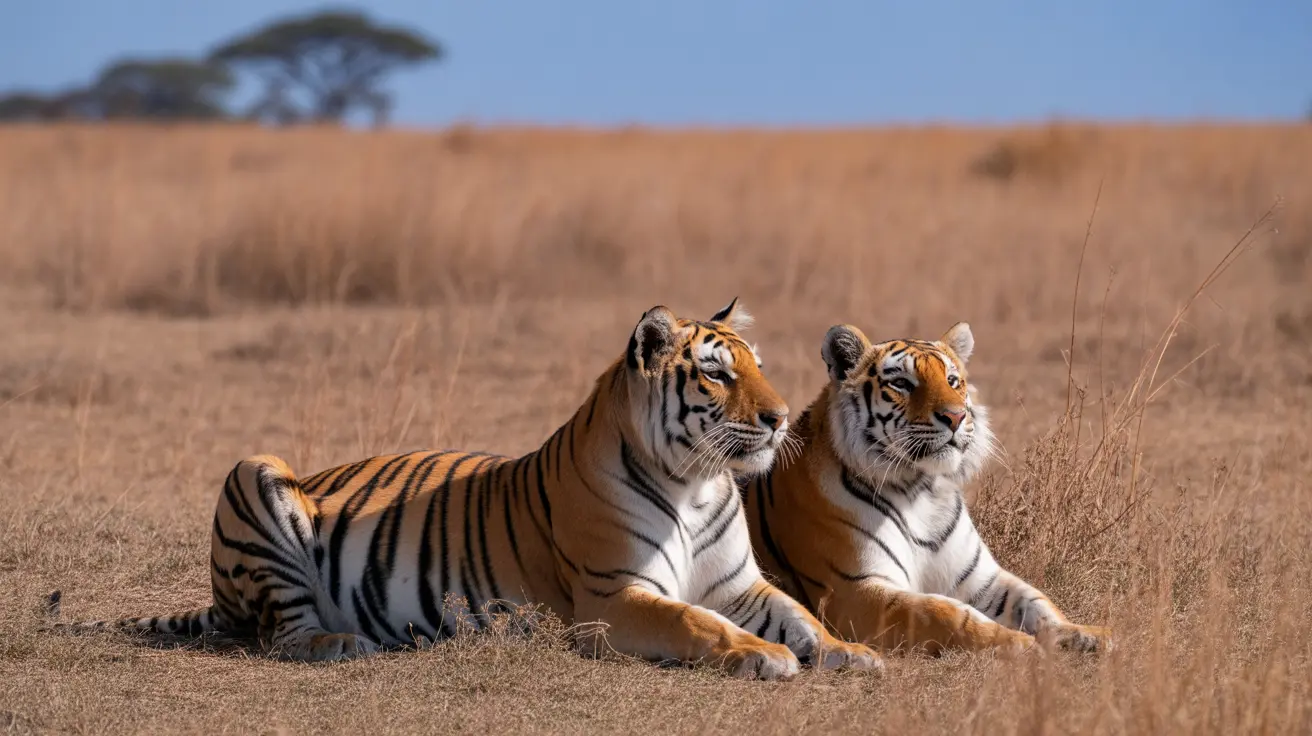Why Sleep Matters in the Animal Kingdom
Sleep serves multiple critical functions in the animal world. For many species, extended sleep periods help conserve energy, especially when food resources are scarce or require significant effort to digest. Additionally, sleep offers protection from predators, allowing animals to remain hidden and inactive during vulnerable periods.
Energy Conservation in Animals
Different animals have evolved various strategies to manage their energy through sleep. Large predators like lions can afford to sleep up to 20 hours daily because they sit at the top of the food chain. This extensive rest period helps them conserve energy for short but intense hunting sessions.
Types of Sleep Across Species
Polyphasic Sleep in Animals
Many animals don't follow the human pattern of one long sleep period. Instead, they practice polyphasic sleep, taking multiple short naps throughout the day. This strategy allows them to maintain vigilance while still getting necessary rest.
Unihemispheric Sleep Animals
Some species have developed the remarkable ability to sleep with one half of their brain while keeping the other alert. This adaptation, known as unihemispheric sleep, is particularly common in marine mammals and some birds, allowing them to remain aware of potential threats while resting.
Sleep Duration Variations
Sleep Duration of Bats
Bats are among the longest sleepers in the animal kingdom, often spending 20 or more hours in daily sleep. This extended rest period helps them process their food and conserve energy between feeding sessions.
Large Mammals Sleep Time
In contrast to smaller animals, large mammals like elephants and giraffes typically sleep for shorter periods. Their size offers natural protection from predators, but they need more time awake to meet their substantial dietary requirements.
Sleep Habits of Wild Animals
Environmental factors play a crucial role in shaping sleep patterns. Animals must balance their need for rest with survival requirements, leading to various adaptations in their sleep behavior and timing.
Frequently Asked Questions
Why do some animals, like koalas and bats, sleep for more than 20 hours a day?
Animals such as koalas and bats sleep extensively to conserve energy, aid digestion of low-nutrient or hard-to-digest diets, and reduce exposure to predators by resting in safe, secluded locations.
How do predator animals like lions manage their long sleep periods without risk?
Apex predators like lions can sleep up to 20 hours because their position atop the food chain reduces predation risk, allowing them to conserve energy for short, intense hunting bouts.
What are the different types of sleep patterns observed in animals?
Animals exhibit monophasic sleep (one long sleep period), polyphasic sleep (multiple short sleep intervals), and unihemispheric sleep (one brain hemisphere sleeps at a time), depending on their ecological needs and brain physiology.
Sleep remains one of the most fascinating aspects of animal behavior, showcasing the incredible adaptability of different species to their environmental challenges. From the marathon-sleeping koalas to the vigilant elephants, each animal's sleep pattern represents a finely tuned survival strategy developed over millions of years of evolution.






